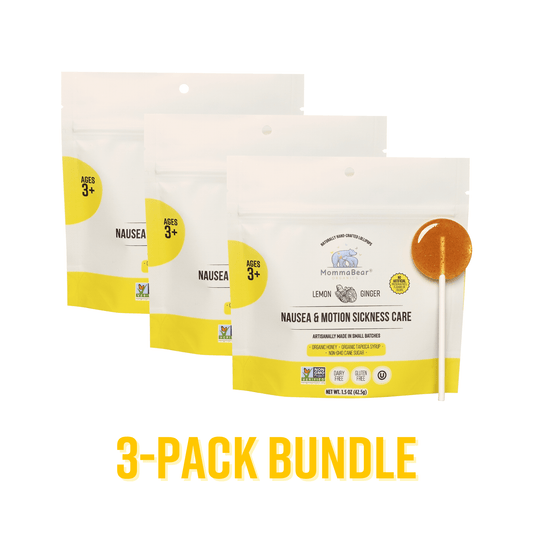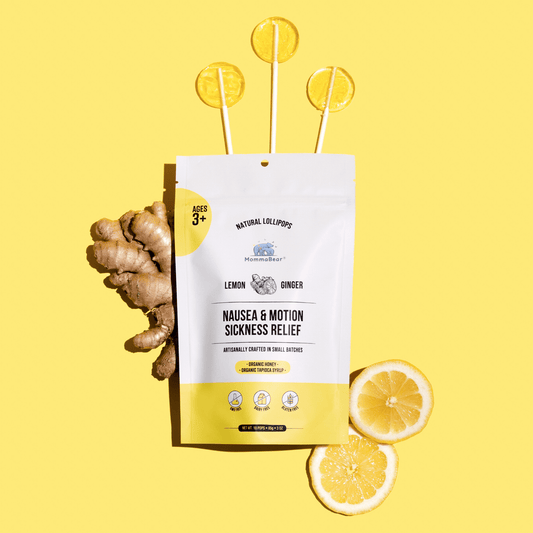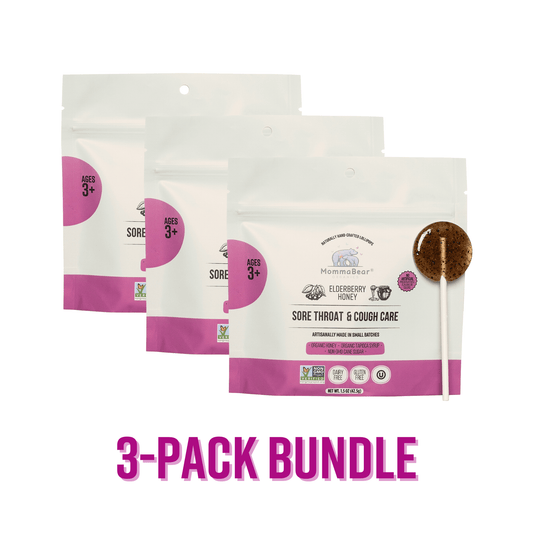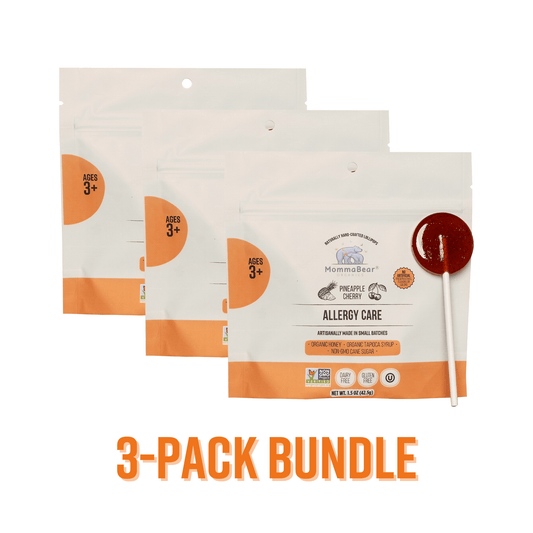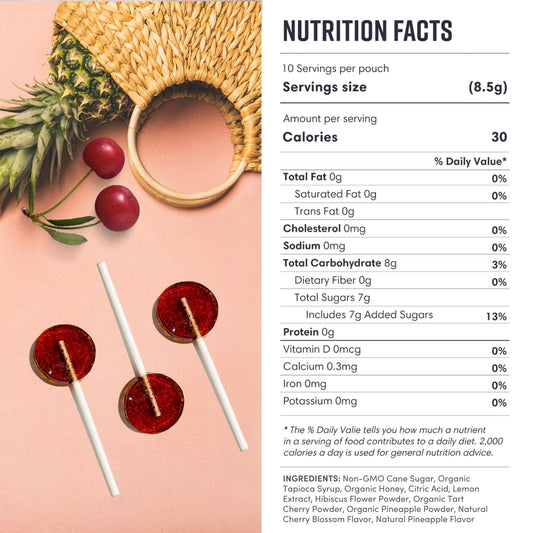I feel like I'm in a never-ending battle at the dinner table some nights. You spend all this time making something you think is healthy and good, and then your kid just pushes it around the plate. It can be so frustrating. You start to wonder if you're doing something wrong. It feels like they’re just programmed to want the sugary, processed stuff over the things you know are good for them. I’ve been trying to figure out the why behind it all, because I think if I can understand it, maybe I can find a way to make mealtimes a little less... well, a little less of a fight.
Understanding Children's Food Preferences
So, I’ve been digging into this, and it turns out there’s a whole lot going on in their little heads and bodies that shapes what they’ll eat. It’s not just them being difficult, which, honestly, was a relief to learn. It’s a mix of biology, how their brain works, and even what their friends are eating.
The Role of Taste Buds in Food Choices
I always just thought food tasted the same to everyone, but it really, really doesn't, especially for kids. Their taste buds are just different from ours. They're basically hardwired from way back to prefer sweet things—it was a signal for energy-rich food. So when they choose a cookie over a carrot, it's kind of an ancient survival instinct kicking in.
And the whole thing with vegetables... it's not just in their heads. I read that things like broccoli and spinach can taste super bitter to them because their taste perception is so much more sensitive than an adult's. Once I learned that, it sort of shifted my whole perspective. I stopped seeing it as a refusal and more as... well, they're tasting something I'm not. So now I try to pair those bitter veggies with something they do like, maybe a sweet dip or mixing it into a sauce. It doesn’t always work, but it feels like we’re meeting in the middle.
Impact of Food Texture and Appearance
Oh, the texture thing. This is a big one in our house. Anything "mushy" is immediately suspicious. And if it looks weird? Forget it. I've learned that what the food looks like on the plate is half the battle.
I've started trying to make their plates look more fun, you know? Using cookie cutters to make shapes out of fruit or arranging veggies to look like a smiley face. It feels a little silly sometimes, but if it gets my kid to try a bell pepper, I'll take it. I also noticed they love anything crunchy. So, instead of fighting them on chips, I'll offer crunchy snap peas or apple slices. It gives them that satisfying crunch they're craving. I’ve also found that if I let them help me make the food, they're way more interested in trying it. It’s like they have some pride in it.
The Psychology Behind Kids' Food Rejection
And then there's the whole mental side of it. Sometimes their refusal has nothing to do with taste or texture at all. It's about fear, or what their friends are doing, or just trying to have a little bit of control.
Fear of New Foods: Neophobia
I actually learned a word for this: Neophobia. The fear of new foods. It made so much sense when I read about it. It’s a totally normal developmental phase where kids get really wary of anything they haven't seen before. It’s their brain’s way of keeping them safe from eating something bad.
So that flat-out refusal to even try something new isn't just stubbornness. It’s a real fear. This realization has helped me be more patient. Instead of making a big deal out of it, I'll just put a tiny piece of the new food on the plate next to all their familiar favorites. No pressure to eat it. I’ve heard it can take seeing a new food like, ten or fifteen times before they’ll even consider trying it. So, we're playing the long game here.
The Influence of Peer Pressure on Eating Habits
School is where this really shows up. My kid will come home talking about the snacks their friends had, and suddenly the apple in their lunchbox seems boring. It's tough because you want them to fit in, but you also want them to eat well.
I try to talk about it openly, not in a preachy way, but just asking what they like about their friends' snacks and talking about why we choose the foods we do at home. I’m also trying to get more proactive, like packing a cool-looking bento box or finding a healthier version of a popular snack. It's all about finding that balance between what's healthy and what won't make them feel like the odd one out.
The Impact of Media and Advertising on Children's Diet
This one really gets me. It feels like you’re not just parenting your child, you’re parenting against a whole industry of advertisers. The commercials and YouTube ads are constantly pushing the most processed, sugary foods, and they are so good at making them look like the most exciting thing in the world.
Fast Food Advertising and Its Effects
The jingles, the bright colors, the toys... it's impossible for a kid to ignore. And those ads work. My kid can sing the jingle for a burger chain they've never even been to. I've been trying to point out what the commercials are doing. I'll say something like, "Wow, they're using a lot of bright colors to get your attention, aren't they?" I'm hoping that by talking about it, I'm giving them the tools to see it for what it is: just an ad trying to sell them something.
The Power of Cartoon Characters in Food Marketing
Ugh, the characters on the boxes. This is a master-level tactic. A kid will see their favorite cartoon character on a box of sugary cereal and it's an instant connection. They don't care what's inside; they want it because their hero is on it.
I've fallen for it, I'll admit. But I’m trying to be smarter about it. We talk about how the character is just on the box, they don't actually eat the cereal. Sometimes I’ll even offer to buy a sticker of the character to put on our box of plain oatmeal at home. It’s a bit of a hack, but hey, whatever works, right?
Strategies to Encourage Healthy Eating Habits
So after figuring out all the things working against me, I’ve been trying to build up my own toolkit of things that actually help. It's all a work in progress, but some things are starting to stick.
The Importance of Role Modeling in Eating Habits
This was a tough one to face. I had to admit that I couldn't really expect my kids to eat their salad if I was snacking on chips after they went to bed. They see everything. So, I’ve made a real effort to eat with them more and to make sure they see me eating and enjoying healthy foods. I’ll make a point of saying, "Mmm, this broccoli is so good," and sometimes, just sometimes, I'll see a little flicker of curiosity in their eyes. Eating together as a family, without the TV on, has made a huge difference.
Making Healthy Foods Fun and Appealing
I used to think this was all just Pinterest nonsense, but it actually works. You don’t have to create a masterpiece every night, but a little creativity goes a long way.
Here are a few things I've tried that have gone over surprisingly well:
-
"Build-your-own" nights: Tacos, salads, or yogurt parfaits where they can choose their own toppings.
-
Giving foods fun names: We don't have broccoli, we have "dinosaur trees." We don't have green beans, we have "magic wands."
-
Involving them in the story of the food: Talking about how carrots help you see in the dark or how strawberries grow on a farm. It connects them to the food in a way that just putting it on a plate doesn't.
Tips for Dealing with Picky Eaters
For those days when it feels like nothing is working and you're at your wit's end, there are a few things I try to fall back on. It’s about taking the pressure off, for both of us.
Gradual Introduction of New Foods
I’ve totally given up on the "one bite rule." It just created a power struggle and made everyone miserable. Now, my only rule is that the new food has to be on the plate. That's it. It can be a tiny, pea-sized amount. They can look at it, poke it, smell it, whatever. The goal is just to make it familiar. Over time, that familiarity makes it less scary, and eventually, they might just try it on their own. Patience has become my secret weapon.
Involving Kids in Meal Preparation
This has been the biggest game-changer for us. I let my kids help in the kitchen as much as possible. Even when they were tiny, they could "help" by washing vegetables or stirring a bowl of ingredients (with a lot of mess, of course). Now that they're a bit older, they can help choose a recipe or measure things out. When they have a hand in making the meal, they have a sense of pride and ownership. And they are so much more likely to eat something that they "made" themselves.
Conclusion
So, yeah. That's where we're at. Some days are still a complete bust, and we end up eating buttered noodles for dinner, and you know what? That’s fine. I’m learning that this isn’t about winning a battle at every meal. It's about playing the long game, about having a continuous, gentle conversation about food and our bodies. It's messy, and it's slow, but I have to believe that all these little efforts are adding up to something. We'll get there. I think.


